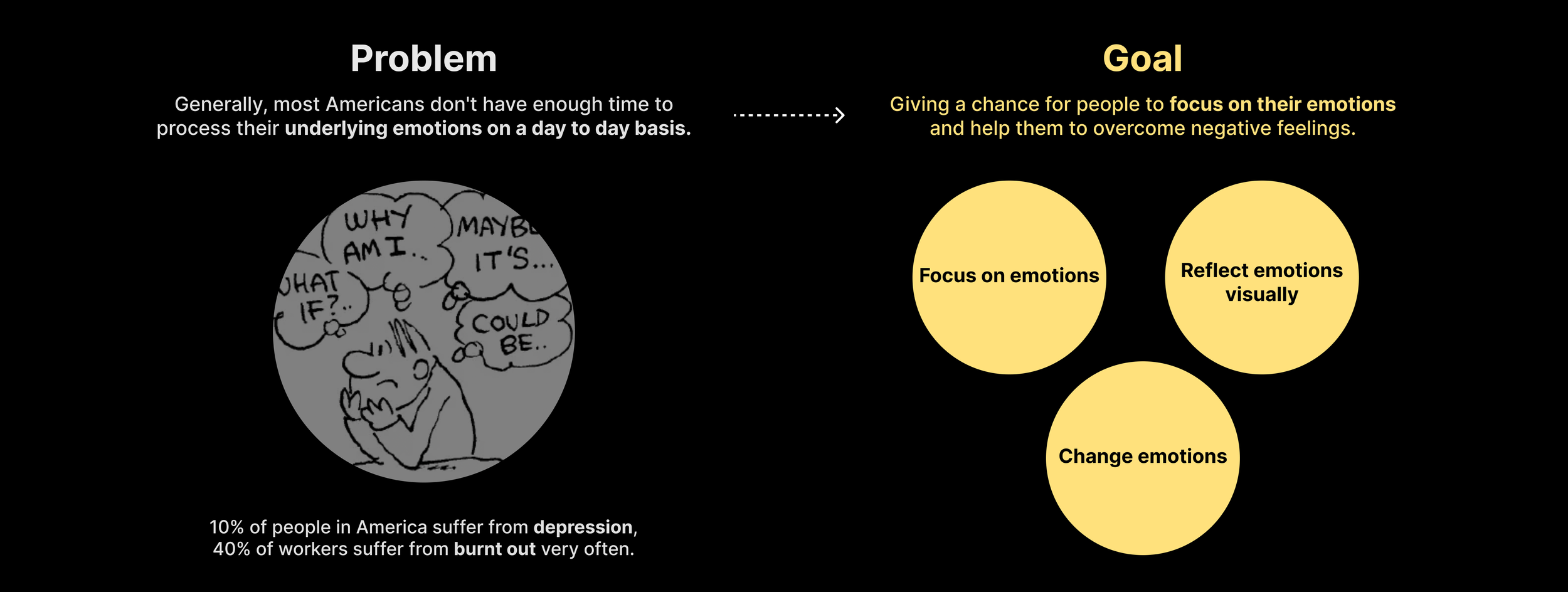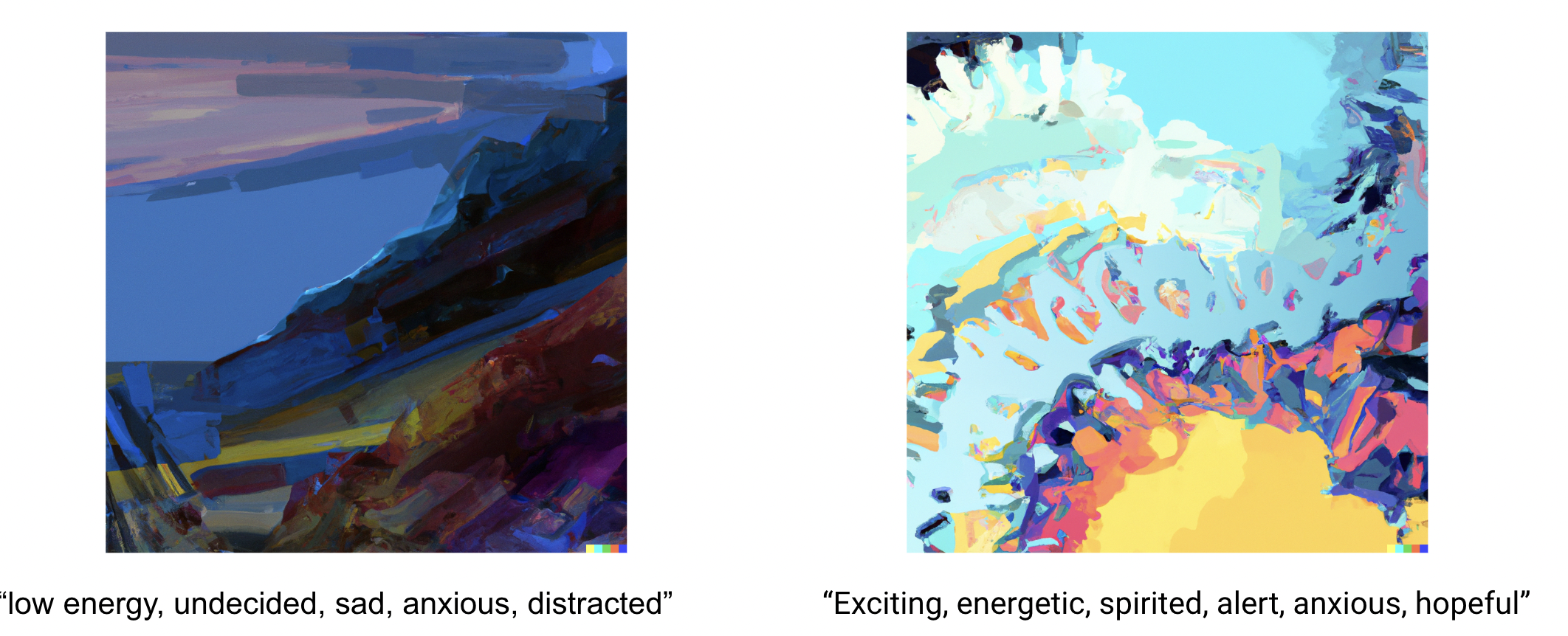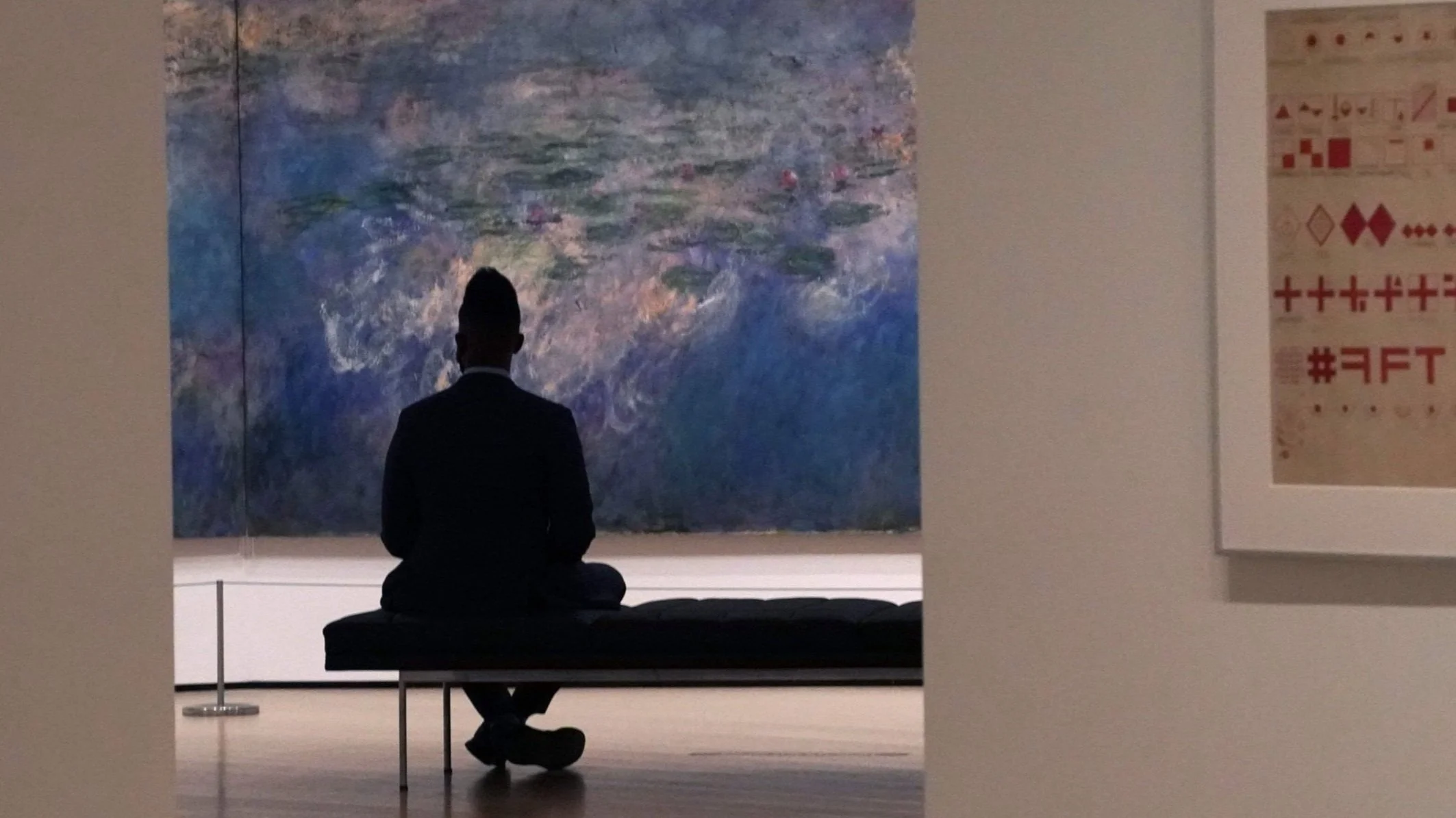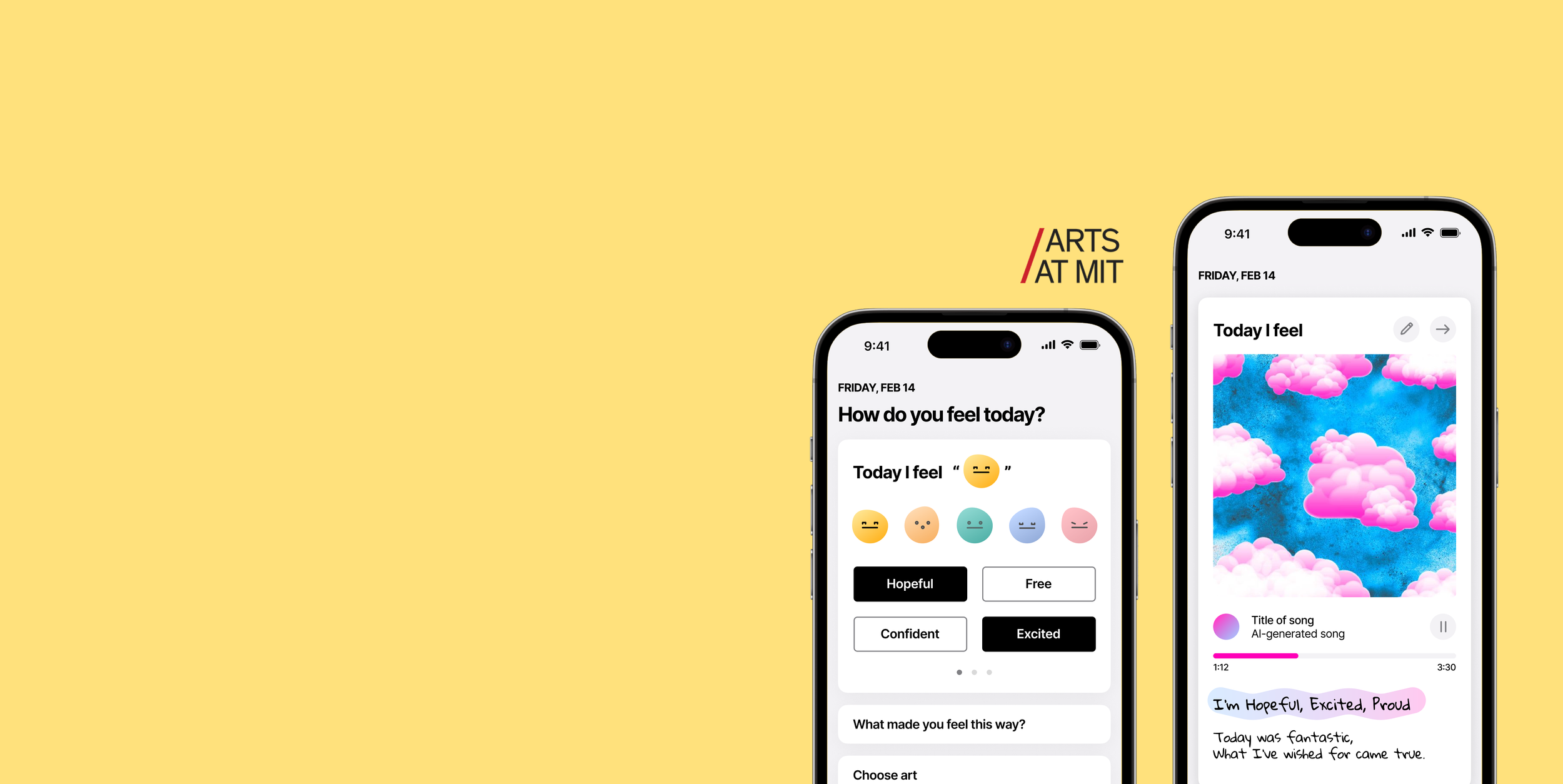
AI-ert
Reflecting on your emotions through AI-generated art.
Encourages users to reflect on emotions through AI-generated art and improve emotions through Art therapy.
In our fast-paced lives, we often neglect taking time to reflect on our thoughts and emotions, resulting in burnout and depression.
Fortunately, "Art" serves as a powerful and metaphorical tool that has the ability to transform our stressed minds.
That's why I have developed a service that facilitates people in exploring and expressing their emotions through AI-generated art. This content can serve as a weekly seed for art therapy or as a means for individuals to communicate with their loved ones.
MIT Media lab
2022.09-
Daeun Yoo (Product Designer, HCI Researcher), Phil Cherner (Software engineer, MIT Media Lab), Eric Lin (MIT Sloan), Julia Sebastien(Harvard )
My Role:
Market / UX research
Experiment design, Data analysis
Design strategy
Product development
UX / UI / GUI design
Prototyping
Psychological/behavioral research
Service summary
Usability Testing
-

Alexithymia (Difficulty in recognizing, understanding, and expressing emotions.) scores Before and After using AI-ert 1-2 times a day for 2 weeks
-

Alexithymia ccores Before and After using AI-ert 1-2 times a day for 2 weeks
Inspired by Generative AI, DALL·E
Why can’t the previous market solve this problem?
-
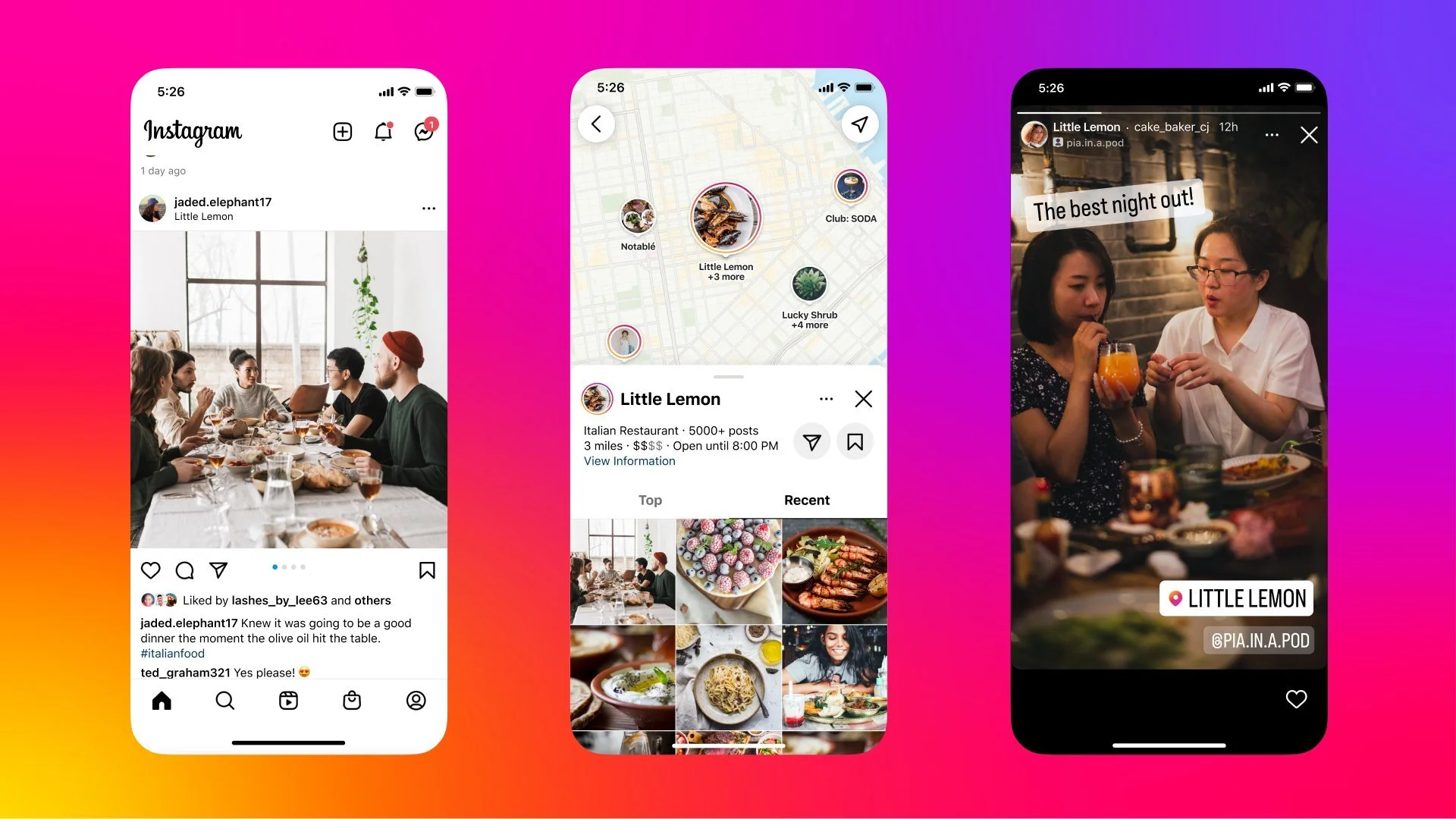
1. Social Media: Instagram, Facebook, TikTok
Users view filtered and delightful content posted by friends or influencers and compare it to their own, which often leads to feelings of relative dissatisfaction.
-

2. Intimate social media: Bereal
Most shared content focuses on “what I'm doing now,” leading to pretentious behavior and making deep empathy challenging.
-

3. Personal journaling app: Diaro
Continuously writing in text format is burdensome. Additionally, if users wish to share diary, they need to perform extra steps to achieve a neutral tone.
Market research insight:
“Difficult to share emotions with too many images or excessive words.”
Current social networks and journals allowed sharing emotions, but lacked deep emotional connection and genuine empathy.
Research plan & methodology
-
Goal: To understand users’ emotional habits and find intervention points to change emotions in positive ways

Psychological study
1. Importance of reflecting emotion
“Research has consistently linked the habitual tendency to accept one’s mental experiences with greater psychological health” (Ford et al., 2018).
2. Effect of cure depression using the artistic medium
(..) “14 articles were selected, among which the main techniques of art therapy used were: manual work (drawing, painting, and modeling), music, poetry(..) It can be understood that art therapy is a safe and reliable tool for treatment not only of depression but also of other mental disorders.” (Brandão FMV, 2019)
Psychological study Insight:
1. Accepting our feelings can improve psychological health
2. Art & Art therapy have positive therapeutic outcomes
UX Research
-
1. User Interview

-
2. KJ mapping

-
3. Empathy map

-
Journey map

UX Research insights
Insight summary:
“I want to focus on myself, but it’s burdensome to do daily.”
Service development: Design iterations
During the development of the service, I consistently focused on finding effective ways to evoke users' emotions delightfully and guide them toward a shared healing process.
To understand how to evoke users' emotions, I researched psychological papers and found that using the format "I am so (blank)" is an effective way to ask and elicit people's emotions.
Additionally, I conducted an experiment involving 97 participants to compare the effects of two conditions: 1) AI-generated image + text and 2) text only.
Result: the group exposed to AI-generated image + text experienced three times greater improvement in alexithymia than the text-only group.
-
-
Design output
1. Journal emotion with emojis and related texts.
Starting with an emoji helps organize users' feelings and adds a fun touch. I've created a question form where users can answer in the first person and fill in the “half-blank” space.
2. Explore AI-generated art that describes your emotions.
After writing down brief text reflections, several AI-generated arts are provided. Users can choose the one that best represents their emotions, considering factors like color, line, movement, etc.
3. Add feelings via sound, get more subtle art
Describing emotions with text is challenging due to their subtlety.
Users can choose sounds to unlock more AI art options. Click on the image to play music, and the AI image changes with the sound.
4. Appreciate the multi-modal summary, then start AI-assisted art therapy.
With a generated art image, users can continue to co-create artwork with AI. All of these journeys are based on the art therapy process, which I researched with art therapists and cognitive psychology experts.
Co-create your emotion with AI
-
AI-generated first image might not describe users’ feeling well. If so, users can change color, shape, or add new AI-generated images to create a better picture.

5. long-term reflection & share
Users can reflect on their emotions, explore their own emotion gallery, and discover others' galleries, facilitating metaphorical communication while respecting personal boundaries.
with calendar, album
Users can connect their calendars and albums to reflect on days vividly: people, places, pictures, and emotions.
Implementation & Achievement
Usability Testing
-

Alexithymia (Difficulty in recognizing, understanding, and expressing emotions.) scores Before and After using AI-ert 1-2 times a day for 2 weeks
-

Alexithymia ccores Before and After using AI-ert 1-2 times a day for 2 weeks
Focusing on emotion -> Changing emotion / life
·Through the AI-ert, users can 1) be aware of their emotions, which can be a starting point for 2) managing their emotions through art content, and 3) self-regulating problems and finding solutions.
